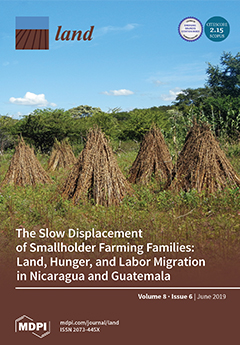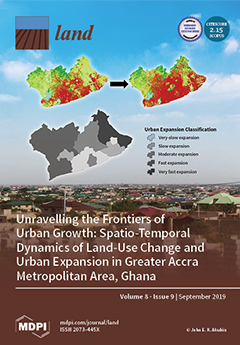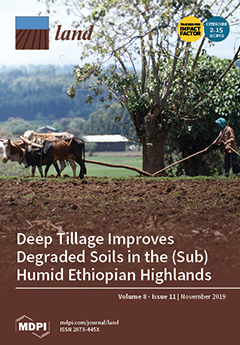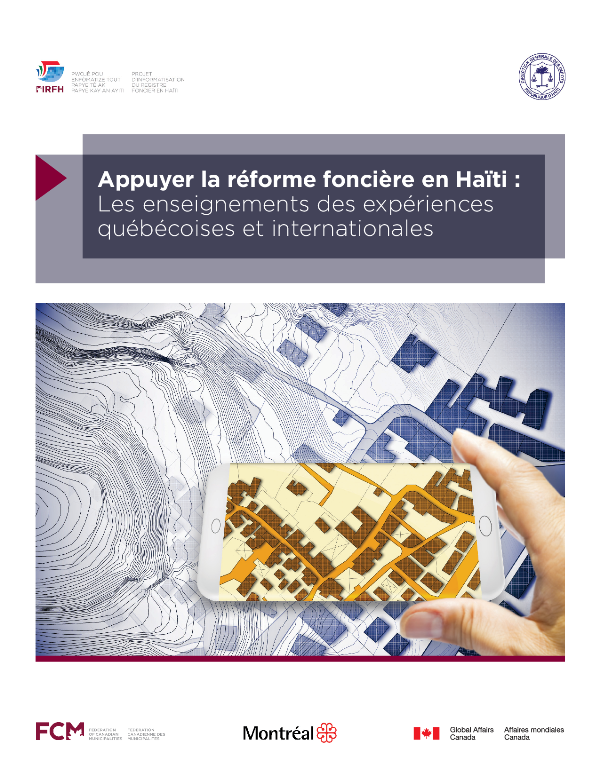Agricultural Expansion in the Brazilian Cerrado: Increased Soil and Nutrient Losses and Decreased Agricultural Productivity
While food and nutrition security are issues that national and international organizations are tackling, one of the central problems often overlooked is the essential role of soils in providing nutritious food. Soils are the base for food production and food security. However, the majority of soils are in fair and poor conditions, with the most significant threats being erosion and loss of nutrients.









